
Over the past six weeks, Spotify’s been in the vibrant city of Durban in the province of KwaZulu-Natal, South Africa, for our annual Mother of Music (MOM) event. We’ve celebrated the rich creative culture surrounding the Durban-born genre Gqom, along with Amapiano and Kwaito music—uniquely South African genres that have significantly shaped the trajectory of African music at large and captured the attention of fans worldwide.
From Umqhumos (a South African taxi Gqom-blasting experience complete with local dancers) to Durban nightlife photography exhibitions at the MOM Spirit Home at Hue Cafe in Berea, we’ve hosted a number of events that attracted music fans across Durban. The festivities put some of Durban’s foundational music figures in the spotlight, like dancer, Gqom MC, radio host, and media personality TDK Macassette; prominent Afro-house DJ, producer, and radio host DJ LESOUL; hip-hop and soul king Asvnte; and rising Gqom star DJ Cndo, while featuring collaborations with local streetwear brands like Richmanskyf, Refuse, and Elizabeth Dust, celebrating the visual and kinetic energy that defines Durban.
“Gqom is more than a genre,” said Phiona Okumu, Spotify’s Head of Music in sub-Saharan Africa. “It’s a movement. And it started here. MOM gives us a chance to honor Gqom’s roots, spotlight the artists, and fuel its next chapter.”
The triple threat: Gqom, Amapiano, and Kwaito
Bred in Durban’s underground scenes, Gqom found its footing around 2009. The city’s minibus taxis became an integral part of Gqom culture, playing host to dance battles and giving commuters a place to share and rate the latest tracks. The vibrant Bhenga dance culture emerged soon thereafter, with expressive moves that feature wavy arms, toe-tapping, wobbly knees, and intricate footwork.
With its raw, hypnotic sound born in the backrooms of KwaMashu, Gqom has seen a truly meteoric rise: Spotify recorded a staggering 5,732% growth in global Gqom streams since 2018. Check out the top 10 global Gqom hits:
-
- “Ama Gear” by Dlala Thukzin, Funky Qla, MK Productions, and Zee Nxumalo
- “Ngeke” by Big Nuz and Dj Yamza
- “Omunye” by Benny Maverick, Distruction Boyz, and Dladla Mshunqisi
- “John Cena” by Sho Madjozi
- “Hade Boss” by DJ Lag, K.C Driller, and Mr Nation Thingz
- “Sohlala Sisonke” by Dlala Thukzin, MK Productions, and Zeh McGeba
- “Banomoya” by Busiswa, Prince Kaybee, and TNS
- “Midnight Starring” by Busiswa, DJ Maphorisa, DJ Tira, Distruction Boyz, Moonchild Sanelly, and Rude Boyz
- “Ngibambeni” by Mxolisi Khumalo, YANII
- “Eyadini” by Dason, Manqonqo, and Saviour Gee
While Amapiano has found worldwide appeal, Durban artists have infused the genre with a unique, gritty, and soulful flavor. It’s a sound deeply influenced by the city’s Gqom roots, born from township ingenuity and a distinct local vibe. This is the music of artists like Dlala Thukzin, MaWhoo, Distruction Boyz, and Rudeboyz, who are carrying the torch passed down by their house and Kwaito forebears.
Amapiano’s rise is nearly incomprehensible, with an explosive 114,377% growth in global streams between 2018 and 2024. The top 10 Amapiano tunes globally and their makers are:
-
- “Imithandazo (feat. Young Stunna, DJ Maphorisa, Sizwe Alakine & Umthakathi Kush)” by DJ Maphorisa, Kabza De Small, Mthunzi, Sizwe Alakine, Umthakathi Kush, and Young Stunna
- “Mnike” by Ceeka RSA, DJ Maphorisa, Nandipha808, Tumelo_za, Tyler ICU, and Tyrone Dee
- “Awukhuzeki” by DJ Stokie, Omit ST, Sobzeen, and Zee_nhle
- “Masithokoze” by DJ Stokie, and Eemoh
- “Imnandi lento” by Mellow & Sleazy, SjavasDaDeejay, TitoM, and Tman Xpress
- “Izenzo” by Aymos, Bassie, and T-Man SA
- “Mina Nawe” by Emotionz DJ, Happy Jazzman, Mashudu, and Soa Mattrix
- “Keneilwe” by Dalom Kids, Master KG, Nkosazana Daughter, and Wanitwa Mos
- “SETE” by Blxckie, K.O, and Young Stunna
- “Sukakude” by Babalwa M, Kelvin Momo, and Sfarzo Rtee
Kwaito’s 9,820% rise since 2018 is also staggering. The hottest Kwaito songs on the global charts are:
-
- “Lento” by Professor and Speedy
- “Khona” by Mafikizolo and Uhuru
- “Nkalakatha” by Mandoza
- “Magasman” by Lebo Mathosa and Trompies
- “Sister Bethina” by Mgarimbe
- “Ngomhla Wosindiso – 2014” by Zola
- “Live My Life” by Winnie Khumalo
- “Sweety Lavo” by Copperhead, OSKIDO, and Trompies
- “Be There” by Big Nuz, DJ Ganyani, and MLU
- “Umdlwembe” by Zola
Through Mother of Music, we are reaffirming our commitment to telling local stories that have global resonance. With Gqom, Durban built a genre that shook the world, and the world is still dancing.
Stream our MOM playlist on Spotify.
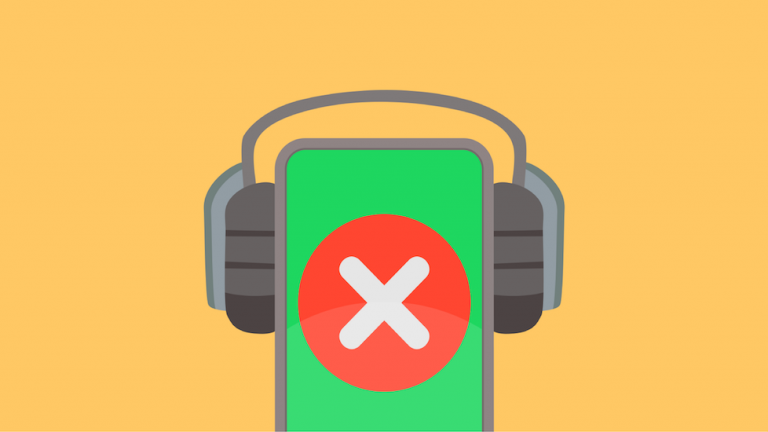
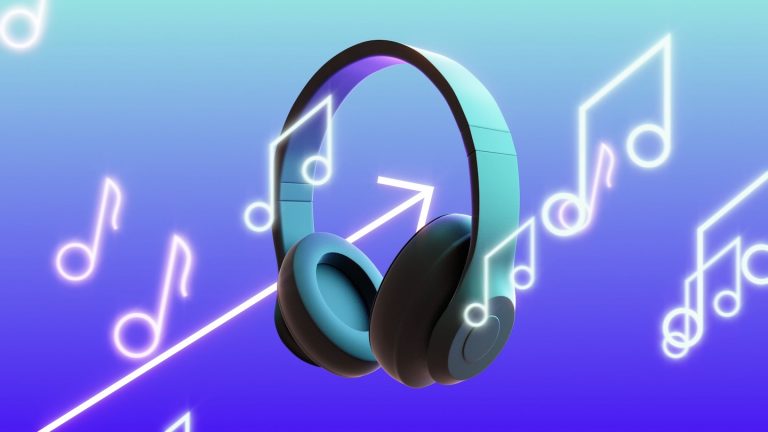

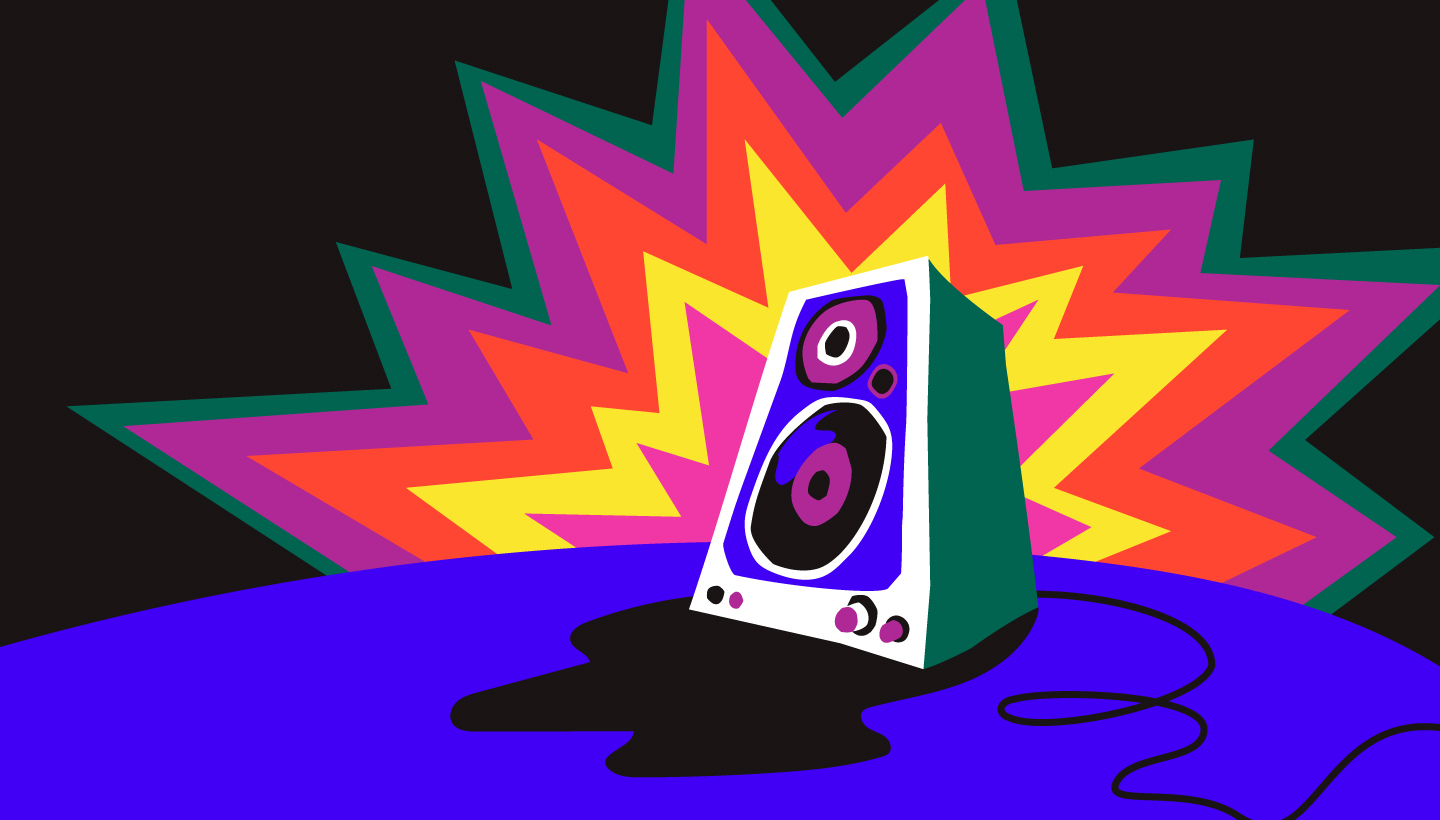
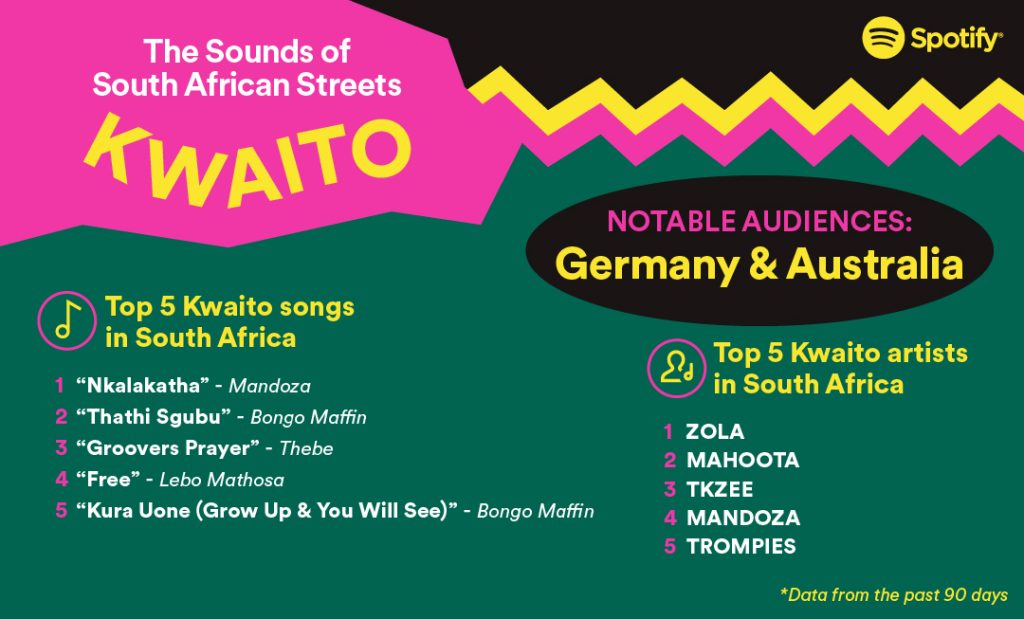

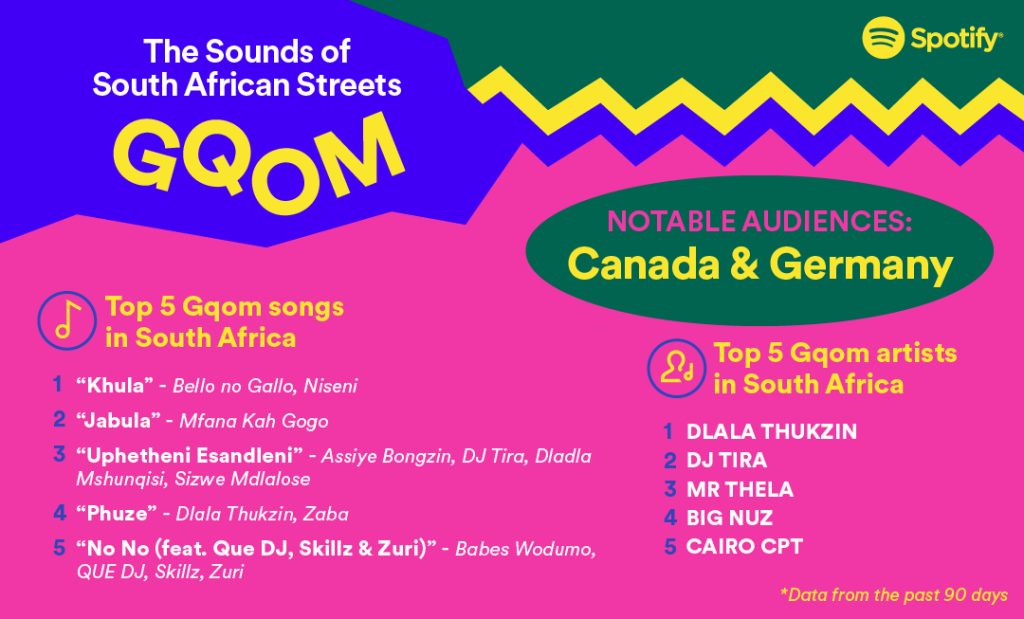


Recent Comments